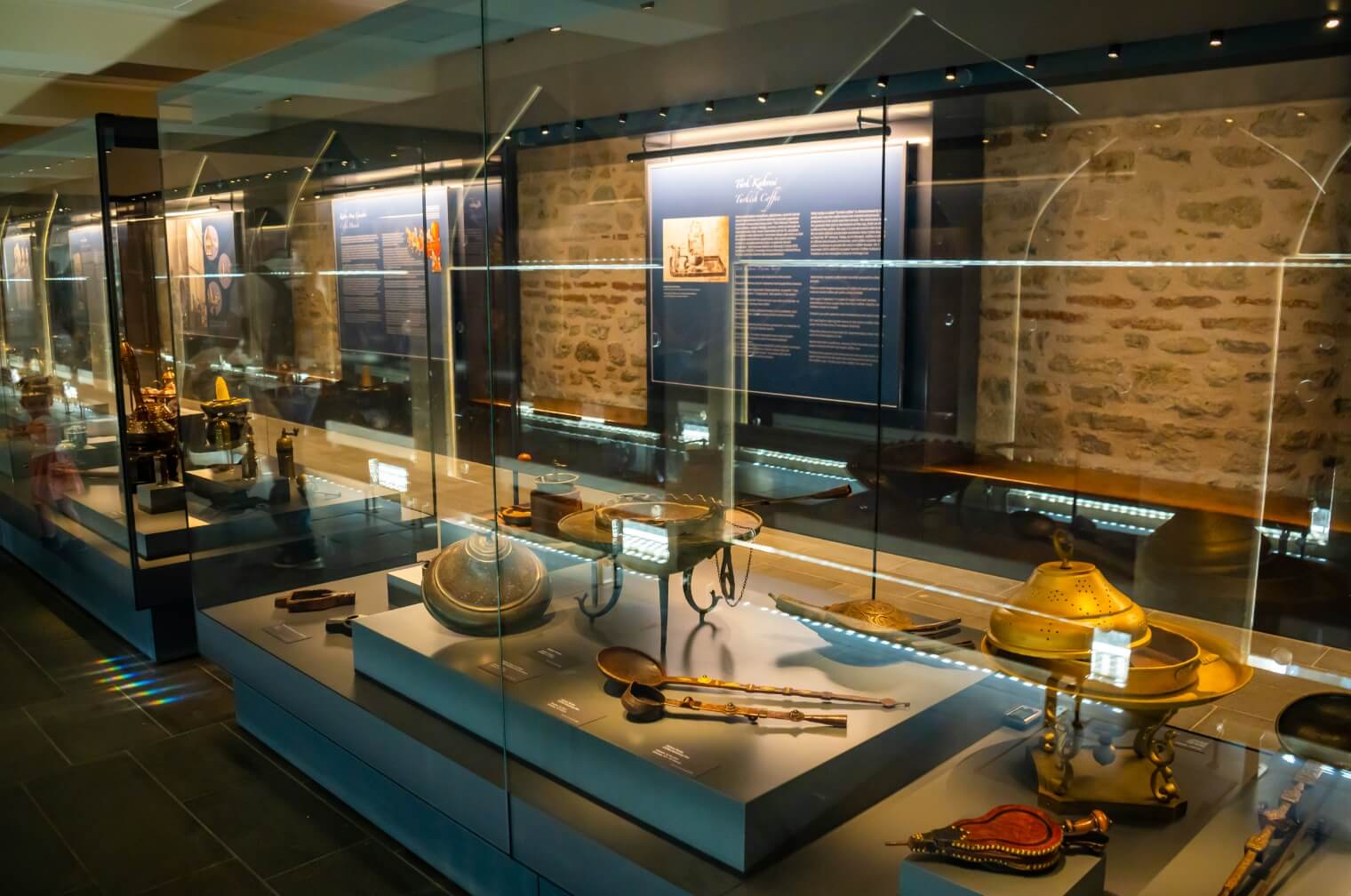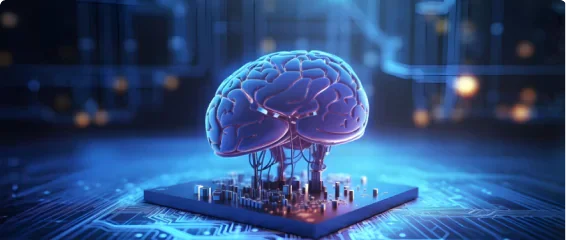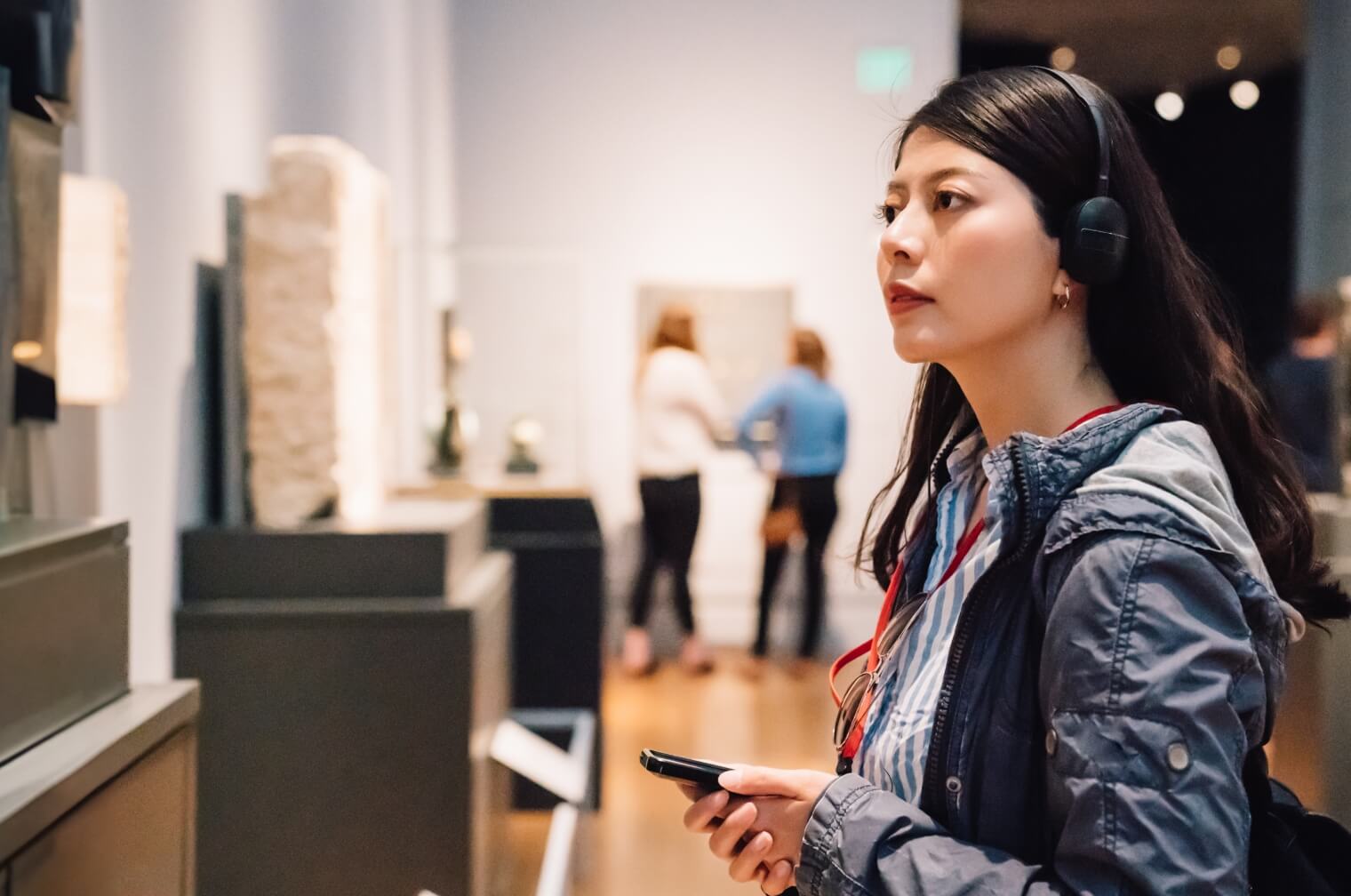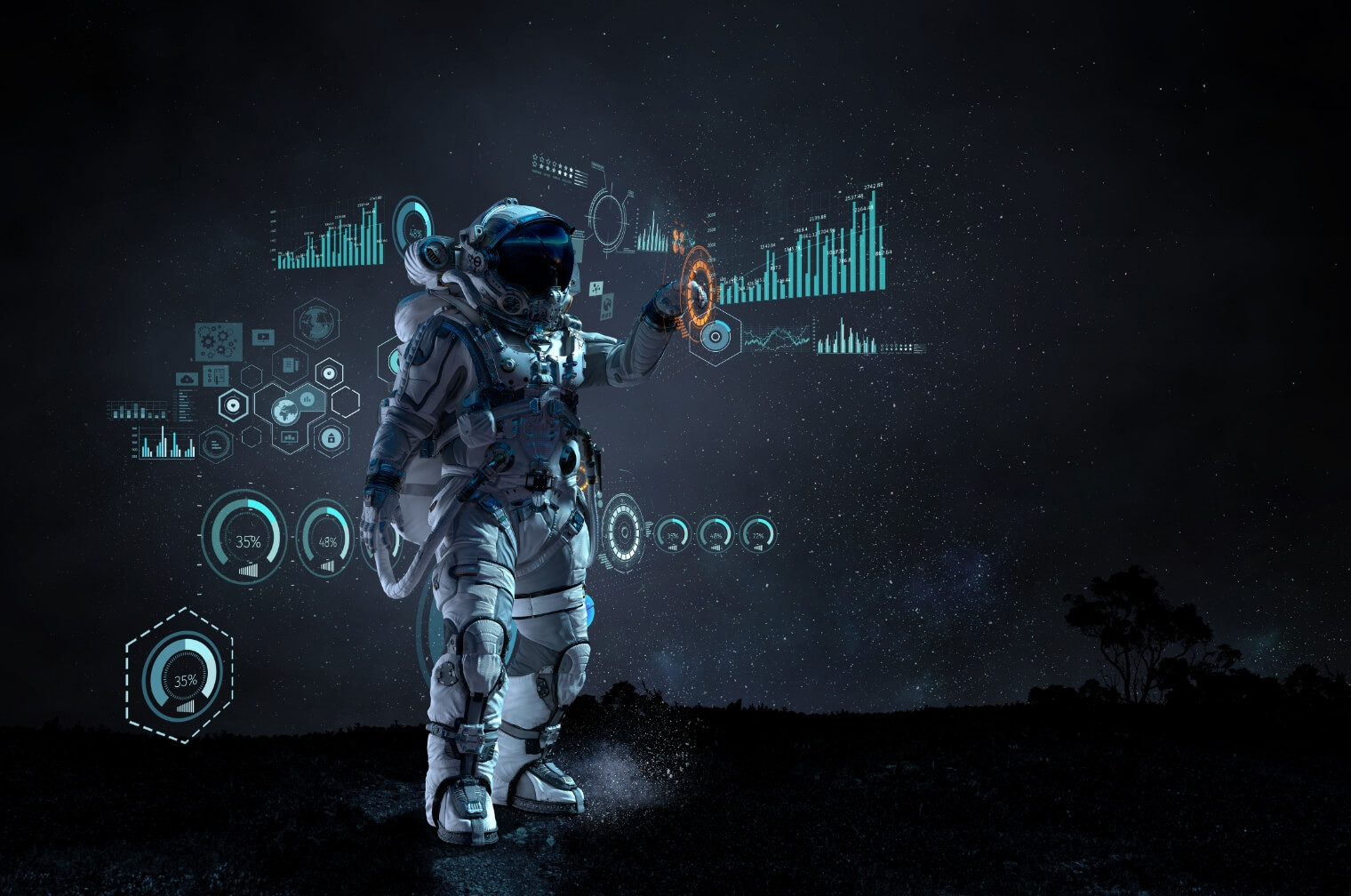Machine Learning and AI for revolution of Tech Companies are changing and streamlining businesses.
Art preservation stands as a fundamental pillar in safeguarding our cultural heritage, ensuring that the legacy of humanity’s creativity endures through the ages. Using Artificial intelligence in art preservation brings new and innovative ways to safeguard our cultural treasures. Let’s learn more about the impact and benefits of AI-driven art preservation.
AI’s role in art conservation: digitizing and documenting art
By creating digital copies of art, we can ensure that it is accessible to future generations, even if the original artwork is lost or damaged. What’s more, digital documentation can help us to better understand and appreciate art.
Having digitized and documented art offers many benefits, including:
- Increased accessibility: Digital art can be accessed by anyone with an internet connection, regardless of their location.
- Improved security: Digital art can be easily backed up and stored in a secure location. This helps to protect art from theft, loss, and damage.
- Better understanding of the art: Digital documentation can provide us with a wealth of information about art, such as its provenance, materials, and condition.
AI for detecting and assessing damage to art
Many different types of damage can occur to art, including:
- Physical damage: Such as tears, punctures, cracks, and scratches caused by accidents, mishandling, or any other environmental factors.
- Chemical damage: Fading, discoloration, and corrosion can be caused by exposure to pollutants, acids, or alkalis.
- Biological damage: Damage caused by insects, mold, and fungi due to poor storage conditions or exposure to pests.
Detecting damage to art can be challenging for some reasons. For instance, chemical damage can be very subtle and difficult to spot with the naked eye. Also, art can be very delicate and can be easily damaged by improper handling.
AI can be used to detect and assess damage to art more accurately and efficiently than traditional methods.
AI-powered tools can be used to:
- Identify and classify damage: They can be used to automatically identify and classify damage to artworks, reducing the time and effort required to detect and assess damage.
- Quantify damage: They can be used to determine the size and depth of cracks or the amount of fading to make informed decisions about conservation treatments.
- Predict future damage: They can be used to predict future damage to artworks based on their condition and environment.
Using AI to detect and assess damage to art offers many benefits, including:
- Early detection of damage: AI-powered tools can help to detect damage to art earlier than traditional methods.
- Improved decision-making about conservation treatments: They can provide art restorers with more information about the damage to an artwork.
- Reduced costs: Automated art conservation, powered by AI, helps to reduce the costs of detecting and assessing damage to art by automating some of the tasks involved in the process.
AI for restoring and repairing art
Art restoration with AI is the process of restoring damaged or deteriorated artworks to their original condition. There are many different types of art restoration and repair treatments, depending on the type of damage and the materials used in the artwork.
AI can be used to restore and repair art with greater precision and accuracy than traditional methods.
AI-powered tools can be used to:
- Identify and map damage: AI art restoration tools can be used to automatically identify and map damage to artworks. This information can then be used to develop targeted restoration treatments.
- Guide inpainting: Art restoration with AI tools can be used to guide inpainting by suggesting colors and patterns that are consistent with the original artwork.
- Reverse-engineer painting techniques: Analyzing the brushstrokes and colors used in the artwork can then be used to develop more effective restoration treatments.
Using AI to restore and repair art offers many benefits, including:
- Improved quality of restoration treatments: By providing more precise and accurate information about the artwork.
- Reduced risk of damage to the art: By guiding inpainting and reverse-engineering painting techniques.
- Increased accessibility to art restoration services: By automating some of the tasks involved in the process.
AI for creating virtual reconstructions of art
Virtual reconstructions of art are digital representations of artworks that can be viewed and interacted with in a virtual environment. Virtual reconstructions can be used to preserve art by creating a backup of the artwork in case it is lost or damaged.
Virtual reconstructions can also be used to make art more accessible by allowing people to view and interact with artworks from anywhere in the world.
Using AI to create virtual reconstructions of art offers several benefits, including:
- Increased accessibility to art: It can make art more accessible to people by allowing them to view and interact with artworks from anywhere in the world.
- Improved understanding of art: It can help people to better understand art by providing them with different perspectives on the artworks.
- Preservation of art that is at risk of loss or destruction: It can be used to preserve art that is at risk of loss or destruction by creating a backup of the artwork.
Case studies of artificial intelligence in art preservation
Preserving artwork using AI has led to several remarkable successes, reshaping the way we perceive the restoration process. For instance, the “Rembrandt Project” utilized AI algorithms to analyze and reconstruct a new Rembrandt painting, imitating the style and technique of the renowned artist.
Similarly, the Louvre Museum in Paris employed AI to restore “The Virgin and Child with Saint Anne,” effectively reconstructing damaged portions and enhancing the overall viewing experience.
These instances demonstrate the potential of artificial intelligence in art restoration, recreating lost elements, reviving the original charm of the artworks, and expanding our understanding of the artists’ techniques.
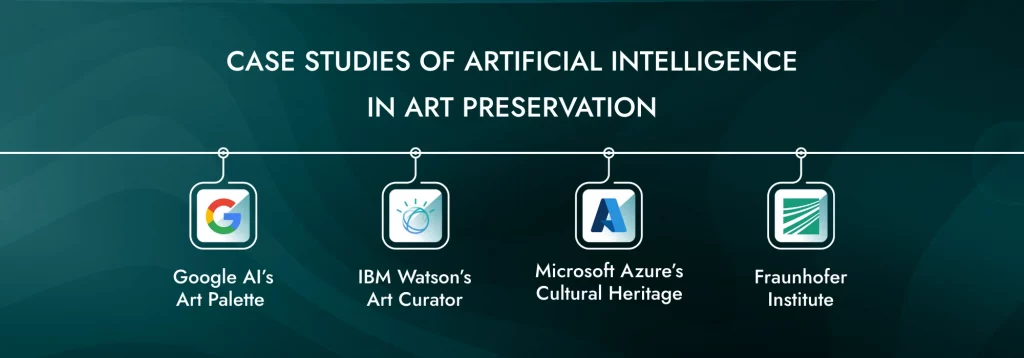
Here are a few examples of artificial intelligence in art preservation:
- Google AI’s Art Palette project uses AI to identify and analyze the pigments used in paintings. This information can be used to better understand the painting’s history and provenance, as well as to develop more effective conservation treatments.
- IBM Watson’s Art Curator project uses AI to help museums catalog and manage their collections. AI can be used to automatically identify objects in photographs, transcribe handwritten documents, and generate descriptions of artwork.
- Microsoft Azure’s Cultural Heritage Imaging project uses AI to digitize and restore historical photographs. AI can be used to remove noise from images, correct color fading, and even fill in missing pixels.
- Fraunhofer Institute for Secure Information Technology’s AI-powered art restoration system uses AI to restore paintings with greater precision and accuracy than traditional methods. AI can be used to identify and remove damaged areas of a painting, and to reconstruct the original image using data from other similar paintings.
Utilizing AI in art preservation revolutionizes the conservation process, offering advanced tools for digitization, damage detection, and restoration.
To conclude
AI can be used to digitize and document art, detect and assess damage to art, restore and repair art, and create virtual reconstructions of art. In short, it has changed the way we preserve art and cultural treasures. In the future, we can expect to see AI-powered tools that are even more sophisticated and effective at preserving art.
Several organizations are working to develop and implement AI-powered solutions for art preservation. If you are looking for one, ViitorCloud makes the right choice. Experience the transformative power of AI art preservation solutions with us. Connect for a visionary approach to safeguarding art!
Frequently asked questions
AI in art preservation involves digitizing, documenting, detecting, and restoring artworks, ensuring their accessibility, security, and longevity.
AI art restoration aids in identifying, mapping, and guiding inpainting, enhancing precision and reducing the risk of damage to artworks.
Automated art conservation with AI offers early detection of damage, improved decision-making for restoration treatments, and cost reduction in the detection process.
Yes, AI can create virtual reconstructions, increase art accessibility, enhance understanding, and preserve artworks at risk of loss or destruction.
Yes, projects like the “Rembrandt Project” and the Louvre Museum’s restoration of “The Virgin and Child with Saint Anne” showcase the success of AI art restoration and preservation.




